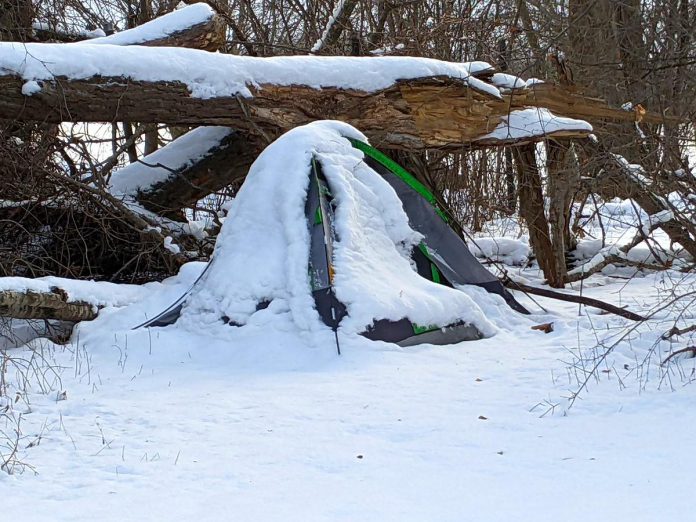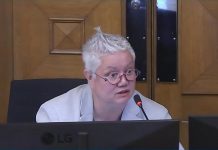
For one day during November, the United Way Peterborough & District will be taking note of the number of people who are living rough in the city and county of Peterborough.
On the heels of releasing the report of its 2024 point-in-time survey of people experiencing homelessness in the community, the United Way has announced it will be conducting an annual enumeration of homelessness on Thursday, November 20.
As part of the federal government’s Reaching Home strategy aimed at preventing and reducing homelessness across the country, Housing, Infrastructure and Communities Canada coordinates national point-in-time counts of homelessness, with entities identified in each designated community to coordinate and carry out the work. For Peterborough, the community entity is the United Way Peterborough & District.
The point-in-time counts include a full survey every three years, which consists of a set of standardized questions administered directly to people experiencing homelessness, supplemented by an annual enumeration between full surveys that estimates the number of people experiencing homelessness within a determined geographical area on a single night.
For the United Way’s enumeration on November 20, trained volunteers and community outreach workers will conduct visual observations of unsheltered areas and encampments in the Peterborough area.
According to the United Way’s director of community impact Tonya Kraan, while the visual enumeration provides less information than an in-depth survey, it has some advantages.
“The main advantage is that our enumerators will be able to cover a much wider area, including into the townships,” Kraan told kawarthaNOW. “Unlike last year, they won’t be conducting interviews, which often ranged from a few minutes to as long as 20 minutes. This change allows us to focus on reaching more locations and gathering a more complete picture of homelessness in our community.”
Kraan noted that one of the challenges of conducting the count is that many people who are unsheltered have moved deeper into outlying areas as encampments have been dismantled.
“This makes it harder to locate and count everyone, and despite our best efforts, we know there’s a risk of missing some individuals.”
Data collected through the annual enumeration will inform funding priorities for homelessness prevention initiatives, housing placements, and future investments in housing-related supports when the United Way issues its next call for Reaching Home funding applications in December.
“The point-in-time count is a vital tool to help us understand the realities of homelessness and ensure resources make the greatest impact,” said United Way CEO Jim Russell in a statement.
The objective of the enumeration is to provide the most accurate estimate possible of the number of people experiencing homelessness, although some duplication or omissions may occur.
As for the best outcome of this year’s enumeration, Kraan said it would be “that shelters are full and fewer people are sleeping unsheltered on the morning of November 20.”
“That would mean more individuals are accessing safe spaces rather than being exposed to the elements,” she added.
To provide context, Kraan explained the 2024 point-in-time count found that, while 119 beds were occupied in emergency shelters, 146 people did not spend the night in a shelter or transitional housing program.
“These numbers highlight both the need for shelter capacity and the importance of continuing to address gaps for those who remain unsheltered,” she said.


























